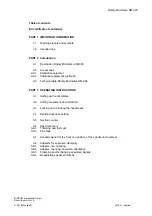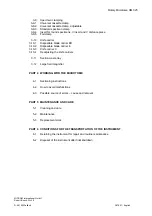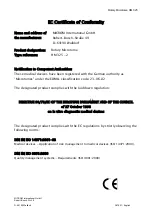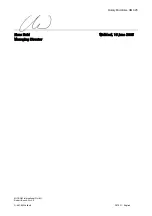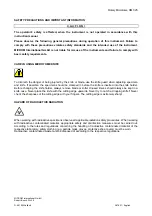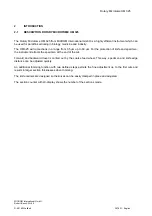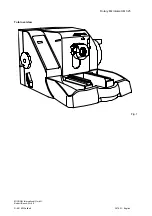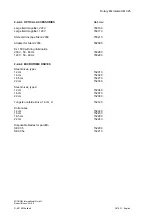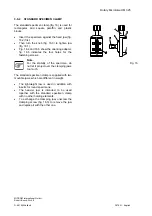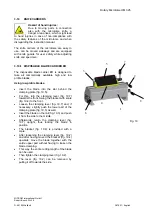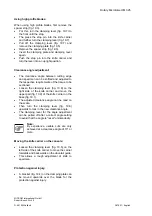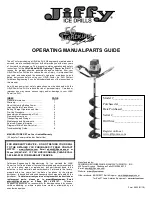
Rotary Microtome HM 325
MICROM International GmbH
Robert-Bosch-Str. 49
D- 69190 Walldorf
387821 - English
3 OPERATING
INSTRUCTIONS
3-1
SETTING UP THE MICROTOME
Note:
The kind of the used examination
materials and all special conditions for
their processing, pre-treatment and, if
necessary, storage as well as instrument controls
for correct and safe operation is in the
responsibility of the operator.
The operator is also responsible for special
equipment and materials and/or reagents for the
operation of the instrument.
•
Cut through the bands around the carton.
•
Open the carton.
•
Remove the accessories.
•
On the lower rear side of the instrument, there
is a recessed grip to lift or carry the
microtome.
•
Lift the microtome out of the carton.
Note:
Do not use the handwheel handles to
lift or carry the instrument.
•
Place the microtome on a stable and vibration
free table, as sectioning can be influenced by
nearby instruments which generate vibrations.
•
Handwheel and coarse feed wheel must be
free and accessible in a comfortable way.
•
Remove the separately packed section waste
tray and install it at the base plate from the
front side.
•
In the rear part of the instrument, there are
sliding feet for an easy moving of the
microtome.
•
Slightly lift the base at the front end only and
slide the microtome.

